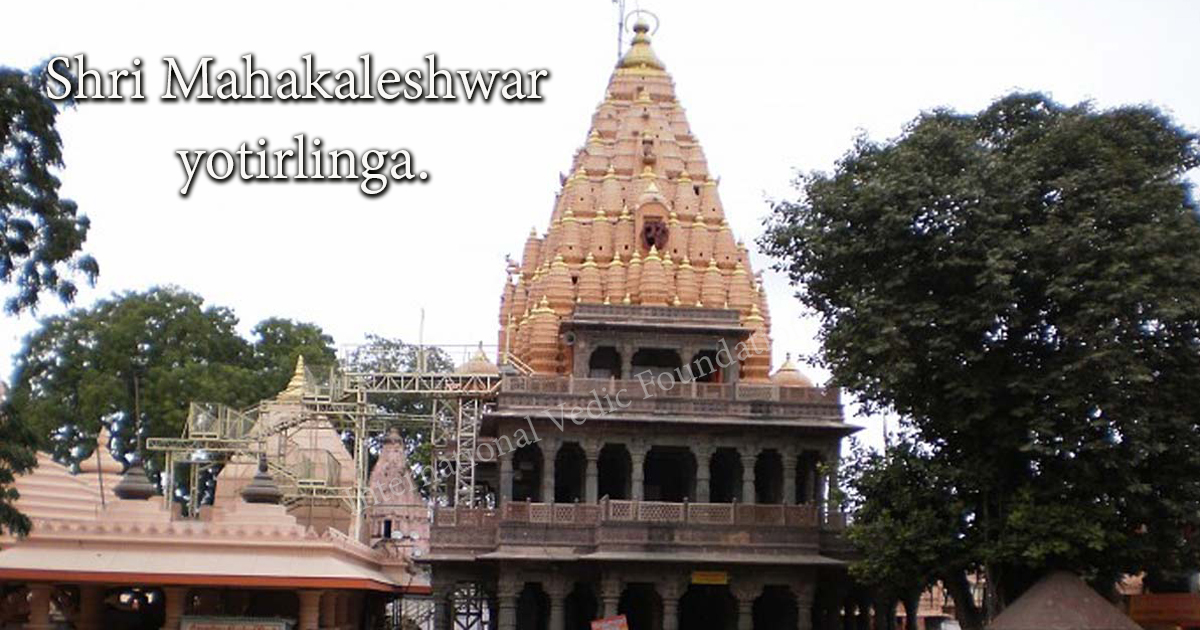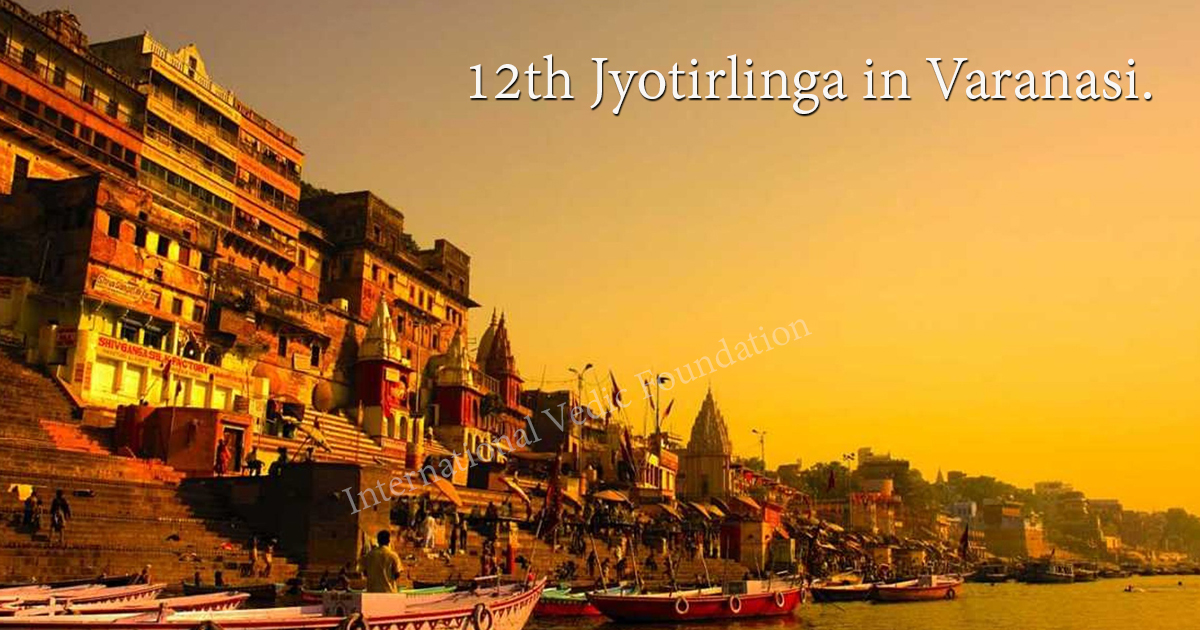SHRI TRIMBAKESHWAR JYOTIRLINGA
SHRI TRIMBAKESHWAR JYOTIRLINGA
Trimbakeshwar is an ancient Hindu pilgrimage town located near the mouth of the Godavari River, peninsular India’s longest river. One of the twelve Jyotirlingas resides at Trimbakeshwar. The Linga in the temple is in the form of a three-faced Tridev, Lord Brahma, Lord Vishnu, and Lord Shiva, which is an exceptional feature of the Jyotirlinga placed here.
The current Trimbakeshwar temple was built on the site of an older temple by the third Peshwa Balaji Bajirao (1740-1760). Entry gates can be found on all four sides, namely East, West, South, and North. According to spiritual beliefs, the direction East represents the beginning, the direction West denotes maturity, the direction South denotes fulfilment or completion, and the direction North denotes revelation.
The Sansthan was established in 1954 and registered under the Public Trust Registration Act. Shri Trimbakeshwar Sansthan is in charge of the daily three-time pooja, as well as all of the year’s festivals and gala carnivals.
Many events are reported to have occurred within the Trimbakeshwar Shiva temple’s premises, such as Lord Rama’s visit to Trimbakeshwar for the Shraddha of their father Dashrath, and Sage Gautama’s plunge bath in Kushavarta pond (holy Pond). The Trimbakeshwar Temple’s Mukhya Dwar (main gate) brings us to the visit queue, which is divided into 6-7 lines for the convenience of devotees. A prominent Nandi (made of white marble) confronts the Shiva linga at the temple’s entrance. Lord Shiva’s Vahana (vehicle) is reported to be Nandi (Shankara). It is thought that if one speaks their request/desire into Nandi’s ear, the wish will be sent to Lord Shiva. After the Nandi temple, there is the “Sabha Mandap,” a large (and expansive) hall for meditation and worship, and then the “Gabhara” main temple, which houses the linga.







